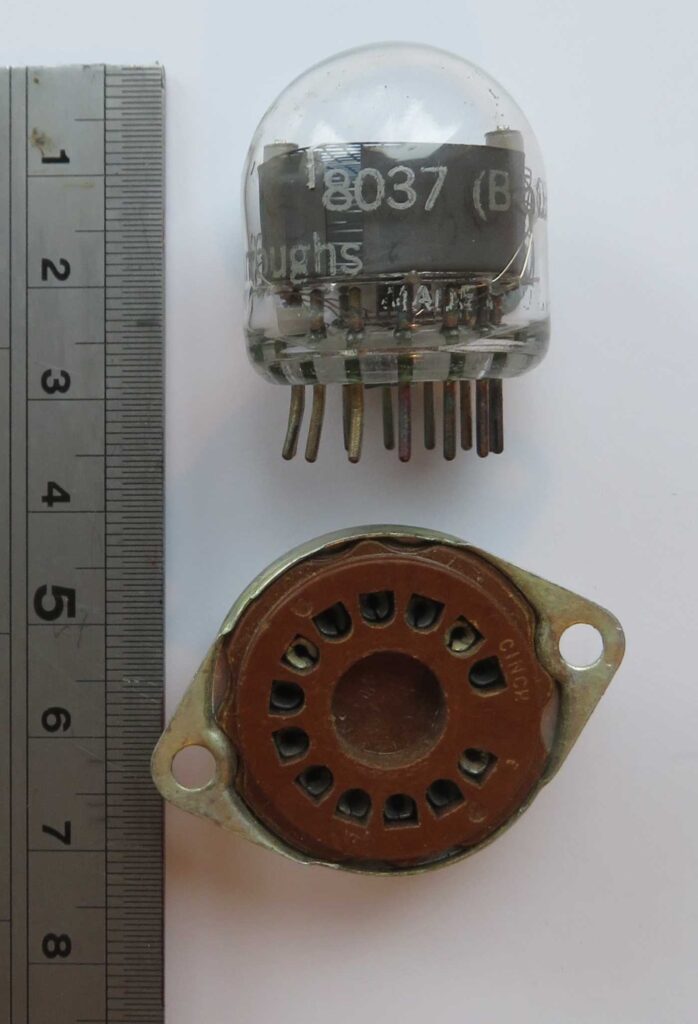A 51 cm by 61 cm, framed photograph of a cylinder with “structured-bed, exchange catalyst” used to enrich water with the heavier isotopes of hydrogen (deuterium and tritium) by transfer from counter-flowing hydrogen gas. Alternating layers of gauze screen, either catalyze the isotope exchange between hydrogen gas and water vapour, or between water and water vapour. The screens were coated with hydrophobic platinum catalyst (since liquid water deactivates the platinum); the latter provides a wettable surface. Corrugation of the hydrophobic screens allows gas flow with minimal pressure drop.
Developed over several decades at CRNL, this type of exchange catalyst was successfully proven in an industrial setting at a large-scale prototype plant for heavy water production in Hamilton, Ontario. For some applications, despite structured catalyst’s higher rates of isotope exchange, CRNL’s catalyst variant using a “random bed” of mixed hydrophobic and hydrophilic ceramic rings is used for decreased costs.







